Understanding the Critical Role of Community in Supporting Children with Autism
Community engagement is fundamental in enhancing the developmental outcomes of children with autism. By leveraging local resources, fostering social inclusion, and encouraging active participation, communities can serve as vital catalysts for progress and well-being. This article explores how community involvement shapes access to treatment, promotes skill development, and raises awareness, ultimately empowering children with autism to reach their full potential.
The Role of Community in Autism Treatment Accessibility
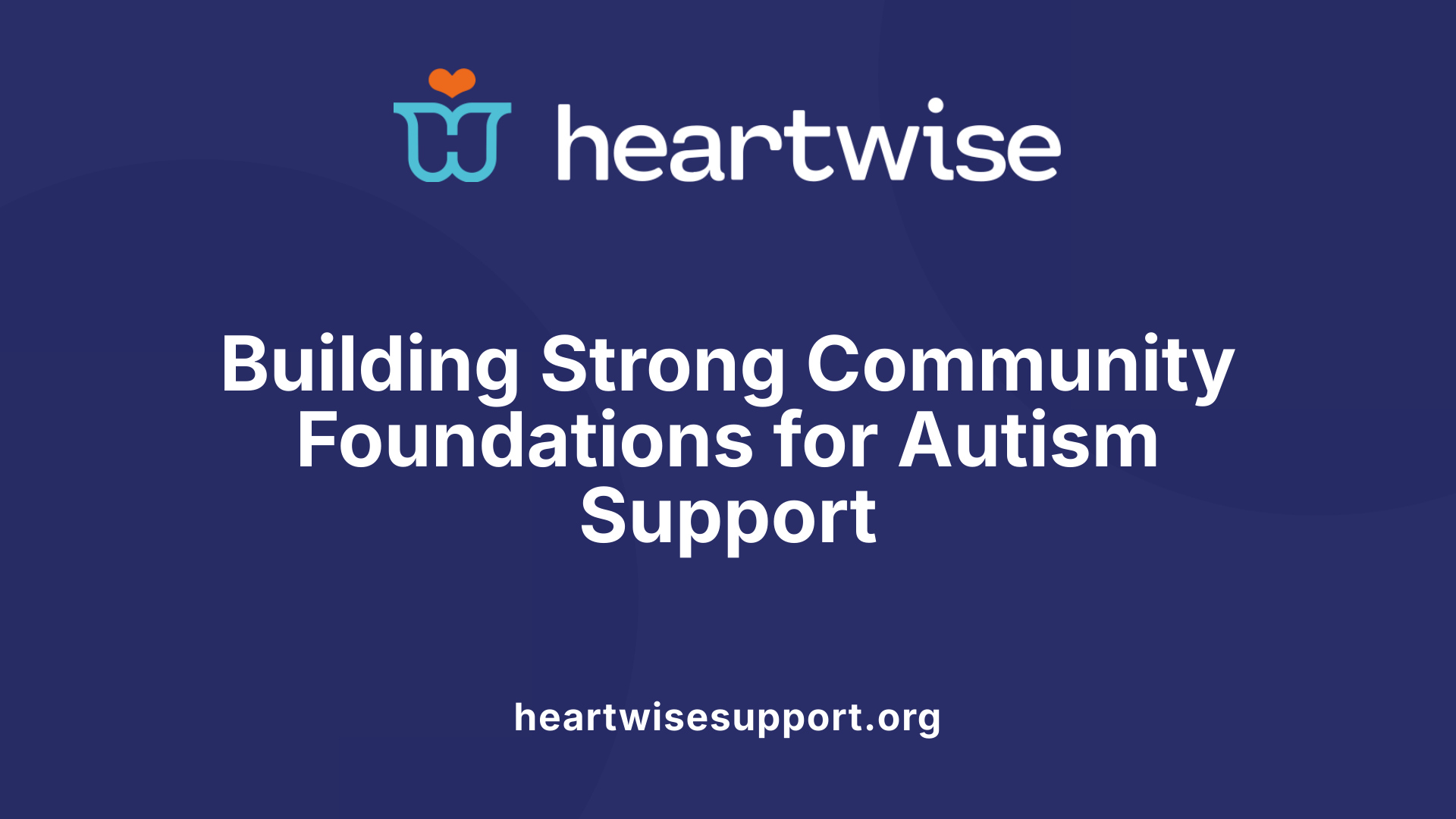
What is the role of the community in promoting access to treatment for autism?
The community is essential in ensuring children with autism and their families can access effective treatment and support. Local services, resources, and networks create a foundation that makes early intervention and ongoing care possible.
Community organizations, such as autism societies and local health clinics, provide crucial services like Applied Behavioral Analysis (ABA), speech therapy, and occupational therapy. These organizations also connect families to qualified professionals in their area, ensuring that support is within reach.
Increasing community awareness helps reduce stigma associated with autism. When the public understands autism better, families feel more comfortable seeking help and participating in community programs.
A multidisciplinary approach, involving teachers, nurses, mental health counselors, and community health workers, ensures that children receive comprehensive support. This collaboration fosters consistent intervention across different settings, such as home, school, and community.
Creating a strong community infrastructure significantly impacts the availability and quality of autism treatments. Strong networks and partnerships enable families to access necessary services promptly, improving developmental outcomes and quality of life for individuals on the spectrum.
How does community engagement enhance autism treatment?
Community engagement involves working collaboratively with local groups to improve well-being. Initiatives include community awareness campaigns, parent support groups, and training programs for local professionals.
Programs adapted with input from families and community members tend to be more effective. For example, innovative programs like autism parent navigators are tailored through community feedback, leading to better fit and higher success rates.
Overall, a well-connected, informed community fosters an environment where children with autism can thrive with the right support, ensuring that services are accessible, accepted, and utilized effectively.
Enhancing Child Development Through Community Engagement
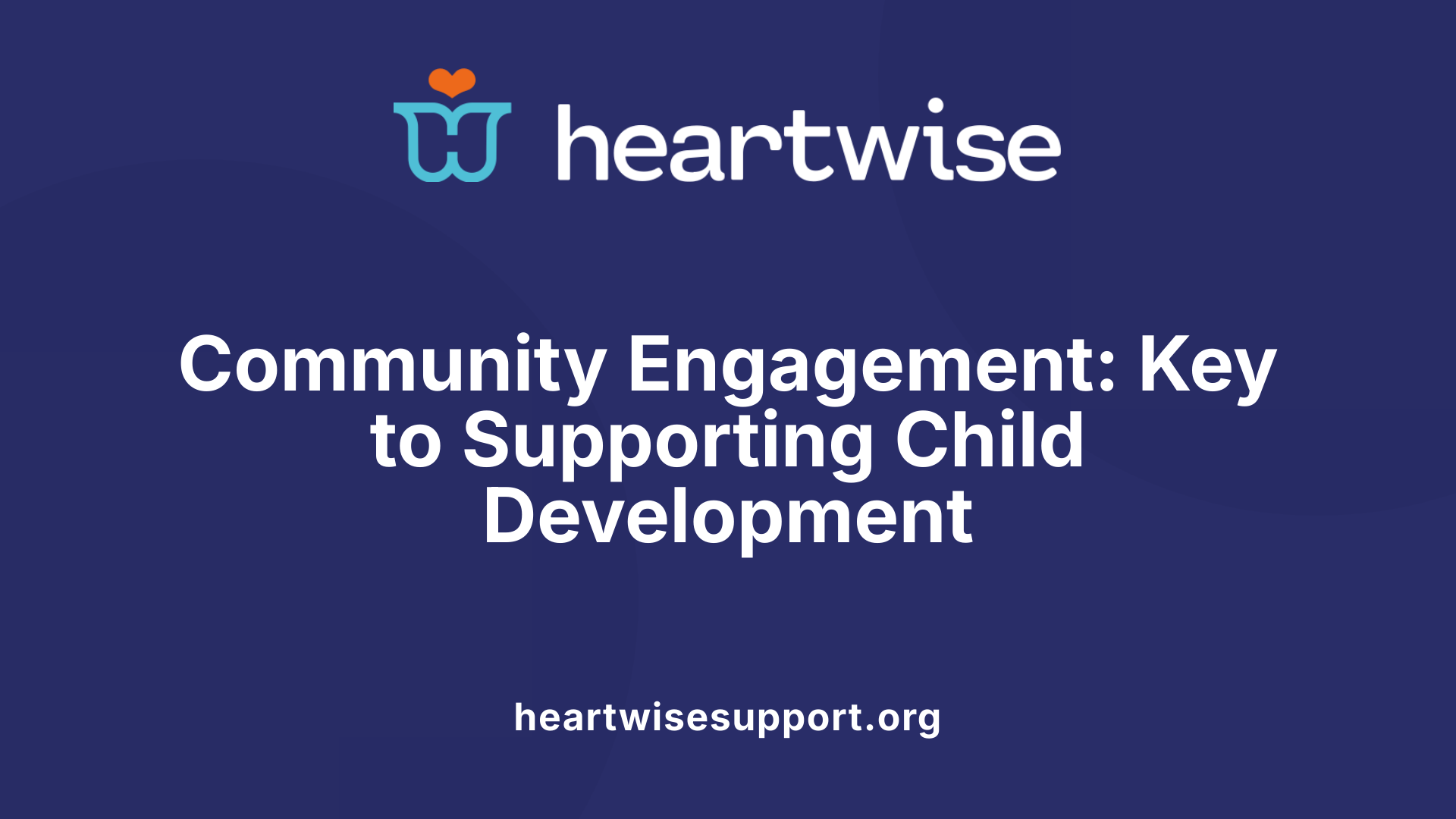 Participation in social skills groups and recreational activities plays a vital role in supporting children with autism. These settings provide opportunities for children to practice social interactions, develop communication skills, and build friendships in a naturalistic environment. For example, structured programs like peer engagement initiatives—such as jasPEER—are designed to incorporate social components with existing intervention models, leading to increased joint engagement and larger social networks.
Participation in social skills groups and recreational activities plays a vital role in supporting children with autism. These settings provide opportunities for children to practice social interactions, develop communication skills, and build friendships in a naturalistic environment. For example, structured programs like peer engagement initiatives—such as jasPEER—are designed to incorporate social components with existing intervention models, leading to increased joint engagement and larger social networks.
Engagement within community settings positively influences social and emotional skills. When children participate in inclusive environments, they experience a broader range of social cues and perspectives, which fosters empathy, perspective-taking, and emotional regulation. Such involvement also helps children generalize their skills beyond home or classroom into real-world contexts, leading to more meaningful and sustained progress.
The benefits of inclusive environments extend to children with autism significantly. These settings promote acceptance, reduce stigmatization, and include children of diverse abilities, encouraging natural peer interactions. When children with autism are embedded into community activities—like recreational sports, clubs, or community events—they gain confidence and a sense of belonging.
Community engagement also plays a crucial role in reducing social isolation experienced by many families affected by autism. By working collaboratively with local groups, schools, and support organizations, families gain access to crucial resources, social support networks, and advocacy opportunities. Community programs aimed at increasing awareness and inclusion help create environments where children with autism can thrive socially and emotionally.
Research shows that community involvement enhances child development by providing varied opportunities for social reciprocity, perspective-taking, and shared positive experiences. Interventions that integrate community and family efforts, supported by trained professionals, maximize the potential for developmental gains. Such a collaborative approach not only boosts the child's social skills but also strengthens family and community bonds, fostering a more inclusive and supportive society for children with autism.
Developing Community Skills for Autism Support
What are some community skills important for individuals with autism?
Community skills play a crucial role in supporting children with autism to engage successfully in everyday environments. These skills include vital social and practical abilities such as conversation, understanding personal space, maintaining good hygiene, and other essential life skills.
Interventions like Applied Behavioral Analysis (ABA) often focus on teaching these skills in ways that match each child's unique goals and needs. For example, children may learn to initiate and respond in conversations, respect personal boundaries during social interactions, and perform daily self-care routines.
Customizing skills training based on individual goals helps ensure that learning is relevant and meaningful. Such tailored approaches make it easier for children to generalize skills from home to community settings, leading to increased independence.
Community involvement, including family and local groups, plays an important role in fostering these skills outside clinical settings. Through collaborative efforts, children gain more opportunities to practice and refine their abilities, promoting greater confidence and social participation.
| Skill Area | Examples | Implementation Approach |
|---|---|---|
| Conversation Skills | Asking questions, sharing ideas | Role-playing, social story interventions |
| Personal Space | Maintaining distance during social interactions | Visual supports, social scripts |
| Hygiene | Hand-washing, grooming | Visual schedules, reinforcement strategies |
Teaching community skills in a supportive environment helps children with autism build independence and find their place within the community.
Community Campaigns and Autism Awareness
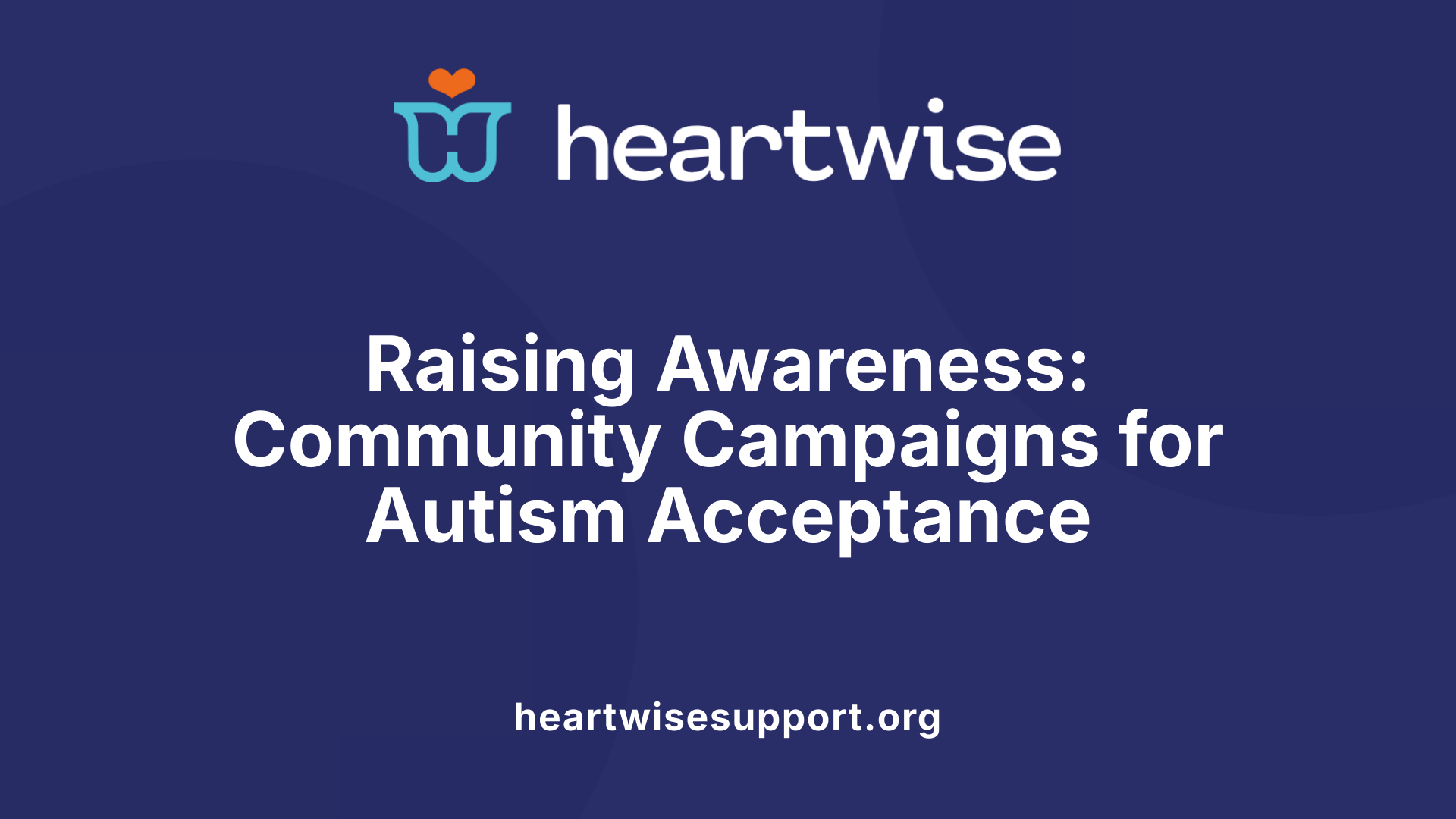
How do community campaigns raise awareness of autism?
Community campaigns play a vital role in increasing understanding and acceptance of autism. They challenge common myths and misconceptions by providing accurate information about the spectrum nature of autism and highlighting the diversity among individuals impacted by it.
Utilizing various platforms such as social media, community events, workshops, and advocacy initiatives, these campaigns reach broad audiences to foster empathy and reduce stigma. Media campaigns often showcase authentic stories and diverse representations of autistic people, helping the public see beyond stereotypes.
These efforts also promote cultural understanding by emphasizing the importance of respecting different backgrounds and experiences. Family involvement remains central, as campaigns encourage community members to support and include autistic individuals, helping to build inclusive environments.
Ultimately, community campaigns work towards reducing social isolation of autistic people, encouraging acceptance, and supporting ongoing education about autism. They serve as a bridge connecting families, educators, health professionals, and the wider community to foster more supportive and understanding surroundings.
Evidence Supporting Community Engagement in Autism Development
Research on parental involvement and social intervention success
Research shows that engaging parents in social intervention strategies significantly boosts children's social skills. Children tend to show increased eye contact, verbal initiation, and positive emotions when parents are actively involved. Such involvement helps to reinforce social behaviors learned during interventions.
Impact of embedded social components and shared interactions
When social components are embedded into interventions that align with a child's interests, children often exhibit heightened social motivation. This approach encourages shared positive interactions between parents and children, known as synchronous engagement, which greatly improves social and emotional development.
Generalization of skills across settings through parent coaching
Home-based services supported by trained professionals enable parents to continue interventions across various settings like home, school, and community. This consistent practice helps children generalize their social skills, ultimately increasing independence and their participation in community activities.
Long-term benefits of community-based interventions
Community engagement—working with local groups and resources—plays a vital role in sustaining social development. Programs like community recreational activities can improve social interactions, self-esteem, and overall quality of life for children with autism. These efforts foster a sense of belonging and contribute to long-lasting improvements in social functioning.
Effective Strategies for Parent-Delivered Interventions
How can embedding social components into intervention programs benefit children with autism?
Embedding social components into intervention programs can significantly improve social behaviors such as eye contact, verbal initiations, and positive affect. When these strategies are tailored to a child's personal interests, they tend to be more motivating, encouraging children to participate actively. For example, incorporating a child's favorite activities or themes can make social interactions more appealing, leading to meaningful engagement.
How can utilizing a child's interests enhance motivation?
Building interventions around a child's interests taps into their natural curiosity and motivation. This approach increases the likelihood that children will participate voluntarily and enthusiastically in social activities. When children see activities as enjoyable rather than obligatory, they are more inclined to develop shared positive experiences with caregivers and peers.
Why is synchronous parent-child engagement important?
Synchronous engagement involves shared, positive interactions that occur simultaneously between parent and child. These interactions strengthen emotional bonds and are crucial for social and emotional growth. Embedded social intervention strategies often foster these shared moments, which can lead to improved communication skills and social reciprocity.
How can social development be sustained over time?
Parent-delivered interventions are particularly effective because they can be maintained across different settings, such as home, school, and community. Providing parent training and ongoing support ensures that intervention practices are consistently applied, which helps sustain social improvements and promotes independence. The collaboration among families, schools, and community professionals also reinforces these skills in varied environments, fostering long-term community engagement.
What role does community engagement play?
Effective community engagement involves working with local groups, schools, and professionals to support children with autism. Strategies include adapting programs through active input from stakeholders, as seen in community-based programs like Autism Parent Navigators. This participatory process enhances the relevance and effectiveness of interventions, creating a supportive network that boosts child and family well-being.
| Strategy | Implementation Example | Goals |
|---|---|---|
| Embedding social components | Using child's interests in intervention activities | Increase motivation and social engagement |
| Parent coaching | Training parents in social strategies | Sustain social development across settings |
| Synchrony and shared interactions | Facilitating parent-child shared activities | Strengthen emotional bonds and reciprocity |
| Community involvement | Collaborating with community groups and professionals | Broaden support and improve quality of life |
Engaging families and communities through systematic, inclusive development processes ultimately leads to better social outcomes for children with autism.
Home-Based Services and Social Skills Development
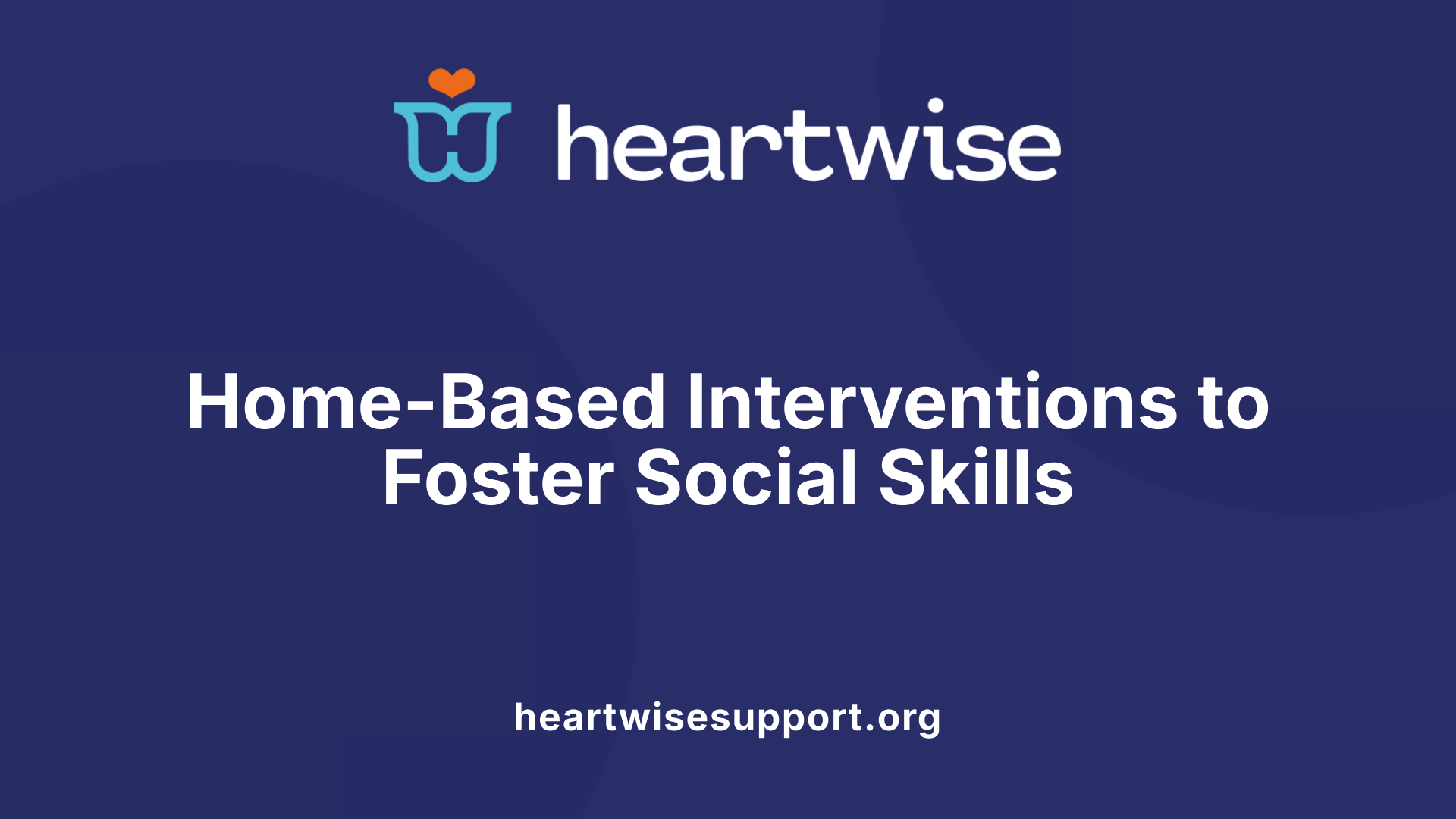
How do early intervention approaches like ABA work in home settings?
Applied Behavioral Analysis (ABA) is widely recognized as the primary evidence-based treatment for children with Autism Spectrum Disorder (ASD). When delivered in the home environment, ABA can be tailored to address specific needs, greatly improving functioning. Early studies show that these home-based services effectively support skill development, including social communication and play. Furthermore, implementing ABA at home allows for closer collaboration with parents, which is crucial for reinforcing skills.
How does skill generalization happen in natural environments?
One of the main goals of home- and community-based interventions is to promote skill transfer from therapy sessions to everyday life. Through targeted coaching and structured activities, children learn to apply social and daily living skills across different settings. For example, children who acquire communication skills at home are more likely to use them during community outings. Facilitating these transitions helps children gain independence and become more involved in their communities.
What role do families and professionals play in this process?
Family involvement is vital in social development strategies. Parent coaching, supported by trained professionals, enables families to foster social interactions and practice skills consistently at home. This collaboration ensures that interventions are personalized to family routines and child interests, leading to more meaningful engagement. Community professionals, including educators and therapists, also contribute by providing support that extends into schools and local recreational activities. This partnership enhances the child's overall social experience and well-being, fostering a sense of belonging within the community.
Integrating School and Community for Broader Impact
Classroom interventions for social connection
Classroom-based programs provide valuable opportunities for children with autism to develop social skills and build connections with peers. Structured activities can enhance social reciprocity and foster positive interactions. For example, interventions like JASPER are adapted to include peer components, encouraging children to engage more frequently and meaningfully with classmates.
Peer engagement programs and adaptations
Programs designed to promote peer engagement, such as jasPEER, focus on increasing joint engagement and social interactions among children with autism. These programs often require careful implementation and staff training to maintain fidelity. Incorporating peer support can lead to greater social participation and help children develop the skills necessary for community involvement.
Fostering social reciprocity and play skills
Building receptive language and promoting diverse pre-symbolic play are crucial as they serve as prerequisites for successful peer engagement. When children can communicate effectively and engage in varied play, they are more likely to interact socially. Enhancing these skills through targeted interventions supports broader social development and helps facilitate smoother transitions from home to community settings.
Addressing Challenges and Ensuring Program Fidelity
What are effective strategies for training and ongoing support for staff and families?
Providing comprehensive training and regular support is vital to ensure that intervention programs remain effective. Staff training should include detailed instruction on intervention techniques, cultural competency, and ways to engage families. Ongoing support can come through supervision, peer collaboration, and refresher courses, helping staff stay updated and motivated.
For families, continuous coaching, access to resources, and opportunities to share experiences enhance their ability to carry out intervention strategies with fidelity. Peer support groups and community training sessions foster a knowledge-sharing environment, fueling consistent implementation.
How can programs maintain fidelity in community-based settings?
Maintaining intervention fidelity means ensuring that programs are delivered as designed, which is crucial for achieving expected outcomes. This can be supported through structured training protocols, detailed manuals, and fidelity checklists.
Regular monitoring and evaluation, such as observations and feedback sessions, help identify deviations from intended procedures. Utilizing data collected during these checks allows for timely adjustments, training updates, or coaching needed to keep interventions on track.
Challenges in community-based autism programs
Community settings differ widely, presenting unique challenges such as resource limitations, staff turnover, and cultural differences. Addressing these issues involves establishing robust training systems and creating adaptable program models.
Effective collaboration with community members and applying a community-engaged approach ensure programs are culturally appropriate and well-received, leading to sustained engagement and better outcomes.
| Aspect | Implementation Strategies | Additional Notes |
|---|---|---|
| Staff Training | Comprehensive modules, cultural competency | Fosters skilled and sensitive providers |
| Support for Families | Parent coaching, community resources | Empowers families to implement strategies |
| Program Fidelity | Regular observations, fidelity checklists | Ensures consistent delivery |
| Addressing Community Challenges | Employee retention programs, resource sharing | Builds resilient community programs |
Systematic Adaptation of Community Programs
How does stakeholder engagement and qualitative research methods improve autism community programs?
Engaging parents, professionals, and community members through interviews and detailed observations helps tailor programs that better meet local needs. These qualitative research methods provide insights into specific challenges and strengths, ensuring the adaptation process is responsive and relevant.
How are programs tailored to fit community needs?
Customizing programs involves modifying existing interventions, such as co-parenting initiatives, based on community input. This ensures activities like the Autism Parent Navigators program resonate with local cultures and resource availability, making them more effective.
What role do pilot studies and process evaluations play?
Small-scale pilot studies test the adaptations for feasibility and acceptability. Process evaluations monitor implementation fidelity and gather feedback from stakeholders, guiding ongoing improvements.
| Aspect | Description | Impact on Program Outcome |
|---|---|---|
| Stakeholder Engagement | Inclusion of diverse voices in decision-making | Greater relevance and acceptance of programs |
| Qualitative Research | Interviews, notes, observations for local insights | Better tailored interventions |
| Pilot Studies | Small-scale testing of adapted programs | Early detection of issues, refinement |
| Process Evaluation | Ongoing assessment during implementation | Ensures fidelity, enhances sustainability |
This systematic approach emphasizes community collaboration, ensuring that programs for children with ASD are effectively adjusted to maximize benefits for children and their families.
Community Engagement and Family Well-Being
Supporting family resilience and reducing stress
Active community engagement plays a vital role in supporting families of children with autism. When families participate in community programs, support groups, and social networks, they often feel less isolated and more connected. These connections provide emotional support, shared resources, and practical advice that help families navigate daily challenges.
Fostering a sense of belonging and empowerment
Community involvement also fosters a sense of belonging and acceptance. When families see communities working collaboratively to include children with autism in recreational activities, school events, and local services, they feel empowered and validated. This sense of inclusion encourages families to advocate for their children and access necessary support, ultimately strengthening their resilience.
How does community engagement support family well-being and resilience?
Community engagement supports family well-being by alleviating feelings of loneliness and stress. Access to resources, peer support, and advocacy platforms enables families to manage challenges more effectively. Moreover, communities that promote understanding and acceptance reduce societal stigma, boosting families’ confidence and emotional health. Ultimately, active participation in community life helps families of children with autism build resilience, fostering a hopeful outlook and greater overall well-being.
Community-led Policy and Advocacy for Autism Support
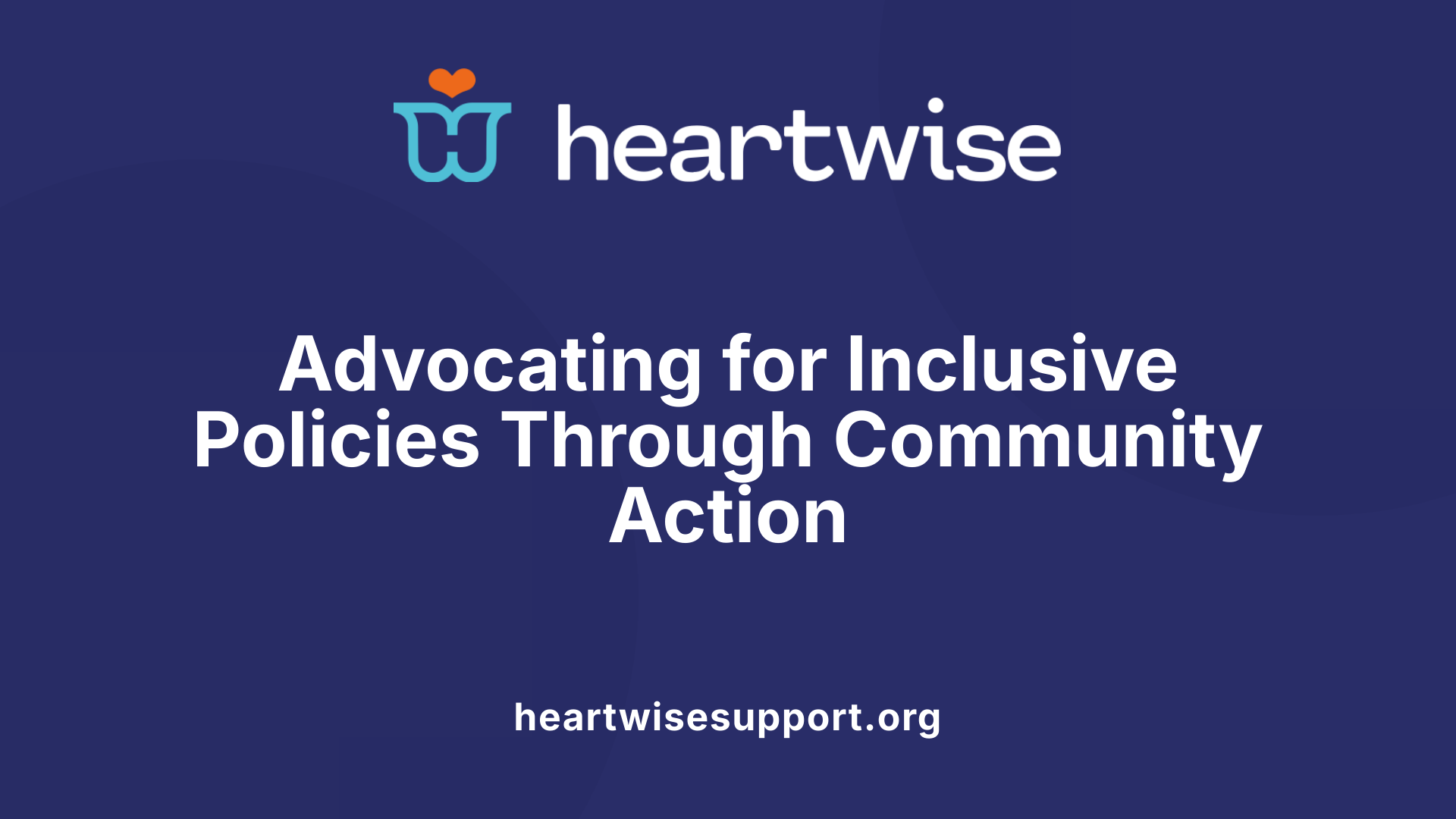 Community involvement plays a crucial role in shaping policies that effectively support children with autism spectrum disorder (ASD) and their families. Policies developed through active input from community members, including parents, educators, and local organizations, ensure that interventions are tailored to meet real needs and are culturally appropriate.
Community involvement plays a crucial role in shaping policies that effectively support children with autism spectrum disorder (ASD) and their families. Policies developed through active input from community members, including parents, educators, and local organizations, ensure that interventions are tailored to meet real needs and are culturally appropriate.
Advocacy efforts focus on securing increased funding and access to quality services such as home-based interventions, social skill programs, and community engagement activities. These funding sources enhance the ability of families to access evidence-based treatments like Applied Behavioral Analysis (ABA), which has proven effective in improving social communication and functional skills.
Creating inclusive environments also depends on policy changes that promote acceptance and participation in community settings. By fostering collaboration among schools, healthcare providers, and community groups, policies can support integrated recreational and social activities. Such inclusivity not only benefits children with ASD by facilitating social interactions but also nurtures a broader culture of acceptance, belonging, and well-being for all community members.
Overall, community-led policy efforts are vital for expanding support systems, ensuring sustainability of programs, and promoting a society that values diversity and inclusion in developmental opportunities.
Future Directions: Building Inclusive Communities
As awareness of Autism Spectrum Disorder (ASD) increases, future efforts should focus on creating inclusive communities that foster social connection and support. Innovative programs are emerging that adapt proven interventions, such as community-engaged evidence-based programs, to better meet the diverse needs of families and children. For example, integrating peer components into structured interventions like JASPER has shown promise in enhancing peer engagement and social reciprocity.
Research gaps remain, particularly around tailoring programs to different cultural contexts. Developing culturally competent initiatives ensures that community engagement strategies are respectful and effective across diverse populations. Input from local families and professionals is vital in adapting these interventions, making them more accessible and relevant.
Technology also plays a crucial role in future community engagement. Virtual tools and online platforms can extend the reach of support services, facilitate parent coaching, and foster connections among children and families in remote or underserved areas. As these digital methods become more sophisticated, they can complement traditional in-person programs, offering flexible and scalable solutions.
Overall, ongoing collaboration between researchers, practitioners, and communities is essential to develop sustainable, inclusive, and innovative supports that enhance social development and well-being for children with ASD and their families.
Harnessing Community Power for Autism Development
Community engagement is a cornerstone in the journey toward improved developmental outcomes for children with autism. By strengthening access to resources, fostering social inclusion, and promoting awareness, communities can create nurturing environments where children can thrive. Building active partnerships among families, professionals, and local organizations ensures that intervention strategies are sustainable, culturally sensitive, and responsive to individual needs. As research continues to underscore the importance of community involvement, investing in these collective efforts is essential for shaping an inclusive, supportive future for children with autism.
References
- An Early Social Engagement Intervention for Young Children with ...
- Home-Based Services as a Means to Increasing Community ...
- Peer engagement in toddlers with autism
- Community-engaged process to adapt evidence-based programs for ...
- Autism Myths - ABATherapistJobs.com
- The Benefits of a Family Autism Care Team - Astra ABA
- Therapeutic Approaches for Boosting Motor Skills in Children
- Career Paths: Fields with Growth & Job Stability | Sage











